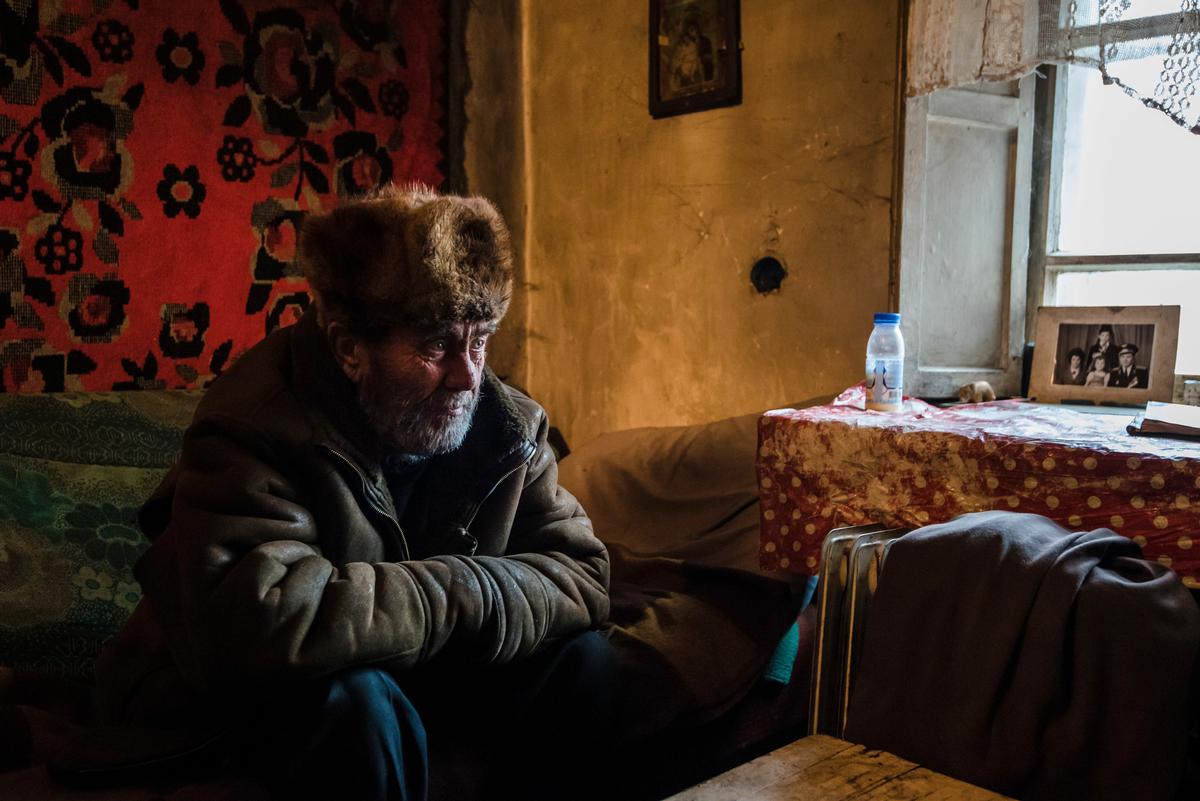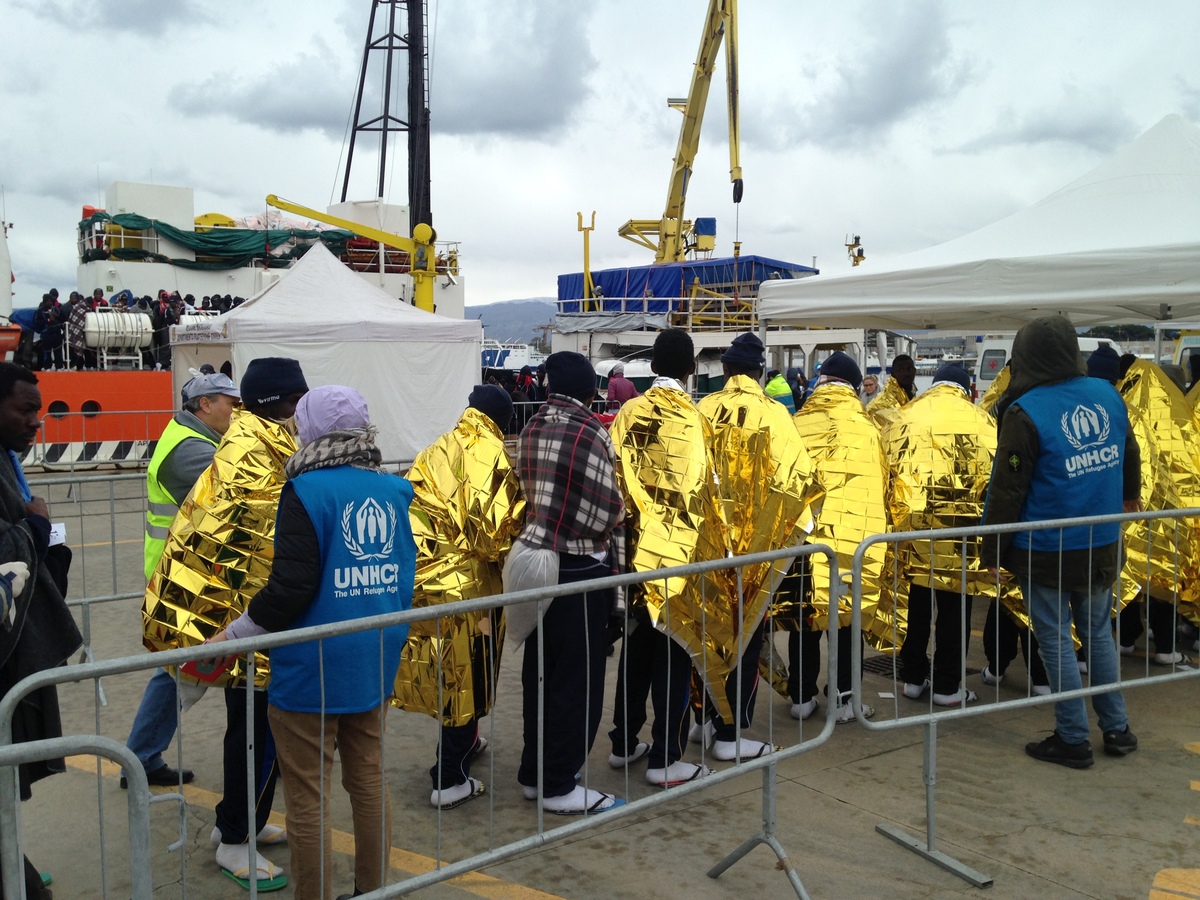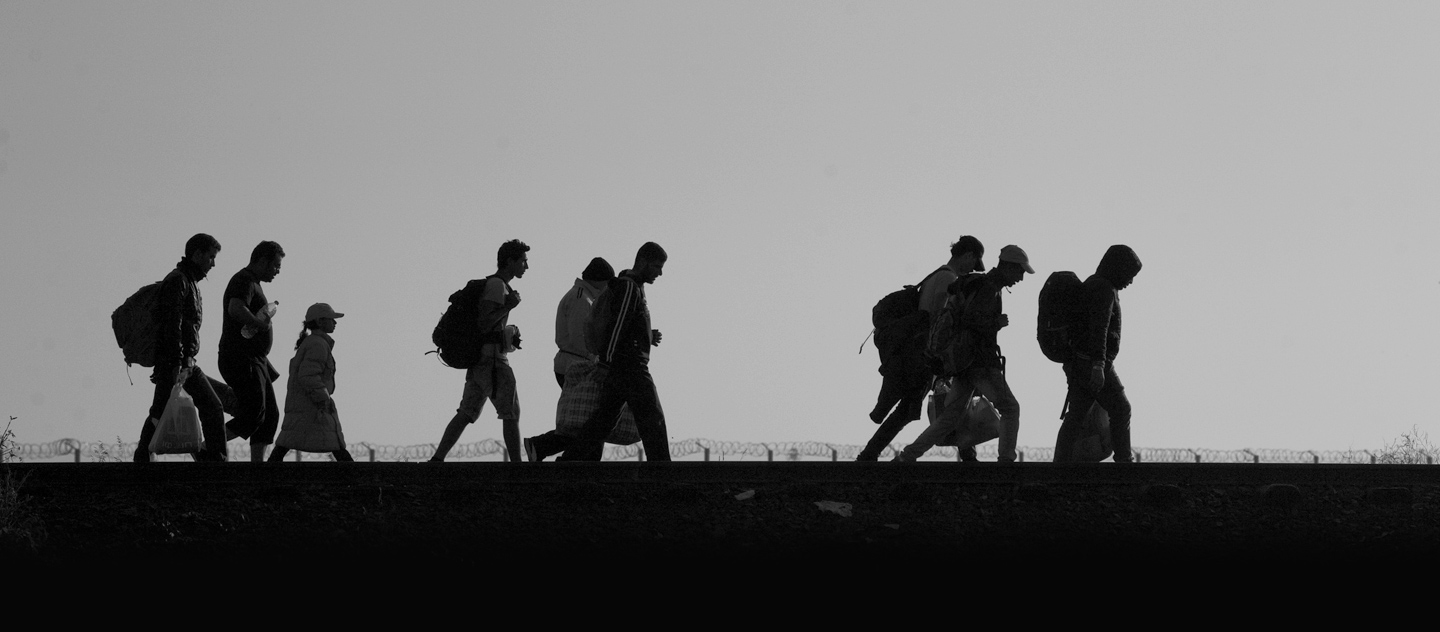Number of asylum seekers halved since 2001, says UNHCR
Number of asylum seekers halved since 2001, says UNHCR
Geneva, Friday 17 March 2006
GENEVA - In the last five years, the number of asylum seekers arriving in all industrialized countries has fallen by half, according to preliminary annual figures released by the UN refugee agency on Friday. Asylum applications in 50 industrialized countries fell sharply for the fourth year in a row in 2005, reaching their lowest level in almost two decades.
"These figures show that talk in the industrialized countries of a growing asylum problem does not reflect the reality," said UN High Commissioner for Refugees, António Guterres. "Indeed, industrialized countries should be asking themselves whether by imposing ever tighter restrictions on asylum seekers they are not closing their doors to men, women and children fleeing persecution."
Since 2001, applications for asylum in 50 industrialized countries have declined by 49 percent. Last year, 336,000 asylum applications were submitted, 15 percent fewer than in 2004.
The total number of asylum seekers arriving last year in the 38 industrialized countries for which comparable, long-term historical statistics are available was the lowest since 1987, at 331,600. In the 25 countries of the European Union, as well as in Europe as a whole, the number of asylum seekers last year was the lowest since 1988.
In most individual asylum countries, the 2005 total was the lowest for many years. In Denmark and Germany, for example, the number is the lowest since 1983; in Canada since 1985 and in Switzerland since 1986. In the United Kingdom, the number of asylum applications in 2005 was the lowest since 1993.
"With the numbers of asylum seekers at a record low, industrialized countries are now in a position to devote more attention to improving the quality of their asylum systems, from the point of view of protecting refugees, rather than cutting numbers," said Guterres. "Despite public perceptions, the majority of refugees in the world are still hosted by developing countries such as Tanzania, Iran and Pakistan."
Despite a 15 percent drop in asylum claims last year, France was the top receiving country in 2005, with an estimated 50,000 new asylum applications. The United States came second with 48,800 new asylum claims. The UK was third with 30,500, and Germany - the leading asylum country in Europe for much of the 1980s and 1990s - was in fourth place with 28,900. Austria came in fifth with 22,500.
When the number of asylum seekers is looked at in proportion to a country's total population, a very different picture emerges. Using a per capita formula over the past five years, UNHCR ranks Cyprus, Austria, Sweden, Norway and Switzerland as the top receiving countries, with the UK, Italy, France and Germany all coming in mid-table. The per capita numbers of asylum seekers in Australia, Canada, New Zealand and the United States, remain considerably lower than in Europe.
Asylum applications in the European Union dropped by 16 percent last year, compared to 2004. The sharpest decrease was recorded in the 10 new EU member countries where claims went down by 35 percent, compared to a decrease of 12 percent in the other 15 EU countries.
In 2005, only 10 countries received more than 10,000 asylum requests (Austria, Belgium, Canada, France, Germany, the Netherlands, Sweden, Switzerland, the United Kingdom and the United States), compared with 15 countries in 2001.
The largest drop in the number of asylum seekers in the last five years was recorded outside Europe. Canada and the United States received 54 percent fewer asylum requests in 2005 than in 2001, while asylum applications in Australia and New Zealand plummeted by 75 percent in the same period.
The largest group of asylum seekers in 2005 was from Serbia and Montenegro, which includes asylum seekers from Kosovo; followed by the Russian Federation, which includes asylum seekers from Chechnya. China remained the third largest country of origin for asylum seekers, followed by Iraq and Turkey.
Of the ten leading asylum-seeker nationalities, Iraqis and Haitians rose the sharpest in 2005, both by 27 per cent, while the number of asylum seekers from Afghanistan and Turkey continued to drop steadily.
All figures should be considered as provisional and subject to change.








